Aquariums are a miniature world of aquatic beauty, and one element that adds both aesthetic charm and practical benefits is the Vallisneria, a versatile and popular aquatic plant. Vallisneria, commonly known as “Vallisneria – aquarium plants,” offers a plethora of advantages, from oxygenating the water to providing shelter for fish and helping maintain water quality. In this comprehensive guide, we’ll dive into everything you need to know about Vallisneria. We will look into its varieties of proper care techniques and even some frequently asked questions.
Vallisneria Aquarium Plants: A Natural Marvel
Vallisneria, often referred to as Eelgrass or Tape Grass is a genus of submerged aquatic plants that belong to the Hydrocharitaceae family. This fascinating plant is native to various regions worldwide. This species thrives in both freshwater and brackish water environments. The distinctive long, ribbon-like leaves and their ability to create a vibrant underwater landscape make Vallisneria a beloved choice among aquarists.
Types of Vallisneria
Vallisneria comes in various species, each with its unique characteristics and appearance. Some of the most popular types include:
- Vallisneria Spiralis (Corkscrew Vallisneria): This variety features long, spiral-shaped leaves, adding an interesting twist to your aquarium design. Its graceful appearance makes it a favorite among aquascaping enthusiasts.
- Vallisneria Americana (Jungle Vallisneria): It is known for its vigorous growth. The Jungle Vallisneria is an excellent choice for larger aquariums. Its long, straight leaves create a dense underwater jungle, providing ample hiding spots for your fish.
- Vallisneria Gigantea (Giant Vallisneria): As the name suggests, this species can grow remarkably tall, making it suitable for tall aquariums. Its majestic presence and flowing leaves offer a captivating visual display.
Planting Vallisneria
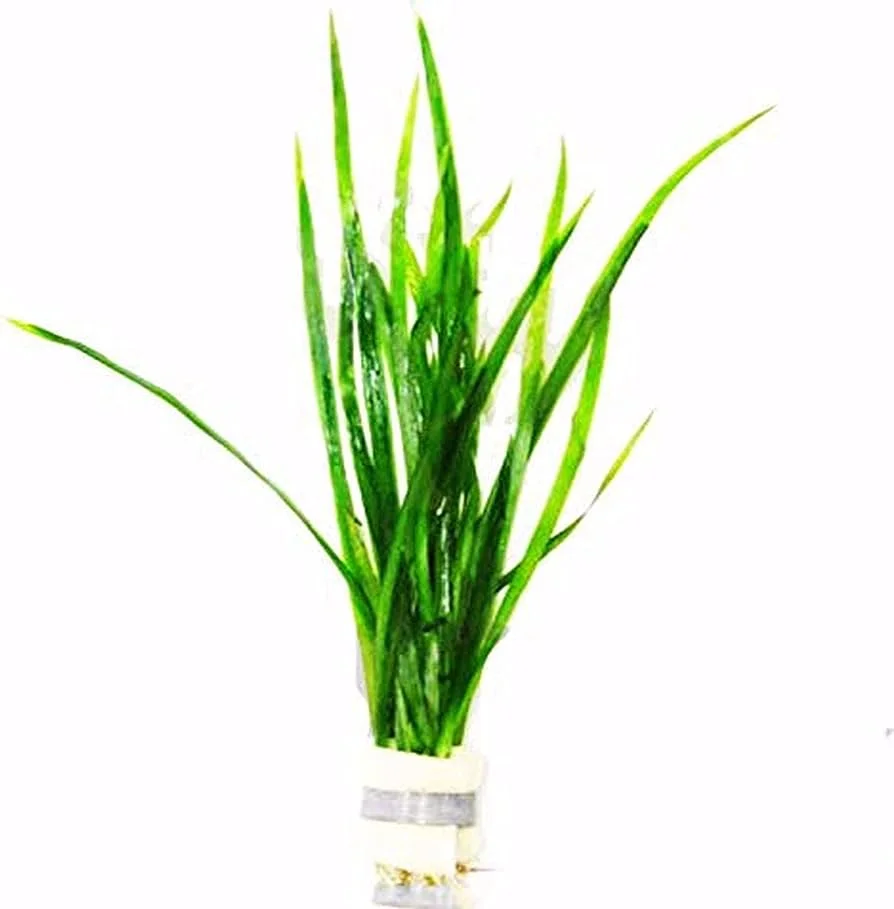
Planting Vallisneria in your aquarium requires some care and attention to ensure its successful growth. Follow these steps to establish a thriving Vallisneria population:
- Substrate Placement: Vallisneria roots itself in the substrate, so choose a fine-grain substrate like aquarium sand to provide a stable base for the plants. Make sure the substrate is deep enough for the plant to anchor securely.
- Spacing: Depending on the species, Vallisneria should be planted with appropriate spacing. For Vallisneria Spiralis, plant them around 3 to 5 inches apart, while Jungle Vallisneria should have a spacing of 6 to 8 inches.
- Lighting: Provide moderate to high lighting for optimal growth. Vallisneria thrives in well-lit environments, and proper lighting encourages lush, healthy leaves.
- Fertilization: Although Vallisneria can absorb nutrients from the water column, supplementing with root tabs or liquid fertilizers can promote faster growth and more vibrant leaves.
- Water Conditions: Vallisneria adapts well to a range of water parameters. However, maintaining a temperature between 72-82°F (22-28°C) and a pH level of 6.5-8.0 is ideal.
Benefits of Vallisneria in Your Aquarium
Vallisneria offers several benefits to your aquarium ecosystem, making it a valuable addition:
- Oxygenation: Through photosynthesis, Vallisneria releases oxygen into the water, ensuring a healthy oxygen level for your fish and other aquatic inhabitants.
- Natural Filtration: The plants’ root systems help remove excess nutrients and toxins from the water, promoting water clarity and reducing the likelihood of algae blooms.
- Habitat Enhancement: Vallisneria provides an excellent habitat for fish to seek shelter, lay eggs, and explore. The dense underwater vegetation creates a more natural environment for your aquatic pets.
- Algae Competition: By consuming nutrients in the water, Vallisneria limits the availability of resources that algae need to grow. This natural competition helps control algae growth in your tank.
Recommended Fish Breeds for Vallisneria – Aquarium Plants
When setting up an aquarium with Vallisneria – aquarium plants, it’s essential to choose fish species that complement the plants and create a harmonious underwater environment. Here are some fish breeds that not only coexist well with Vallisneria but also benefit from the natural shelter and improved water quality that these plants provide:
- Gouramis: These peaceful and colorful fish, such as Dwarf Gouramis or Pearl Gouramis, make excellent companions for Vallisneria-filled tanks. Their calm demeanor and vibrant appearance add a touch of elegance to the aquatic landscape.
- Tetras: Neon Tetras, Cardinal Tetras, and other small tetra species thrive in tanks with Vallisneria. These schooling fish feel more secure among the lush vegetation, and their active nature creates a lively display.
- Corydoras Catfish: These bottom-dwelling catfish species, like Bronze Corydoras or Panda Corydoras, are excellent choices for Vallisneria tanks. They help keep the substrate clean and are compatible with the peaceful nature of Vallisneria.
- Betta Fish: Known for their captivating beauty, Betta fish, also called Siamese fighting fish, enjoy exploring the spaces between Vallisneria leaves. Just ensure that there are enough space and hiding spots to prevent aggression if keeping multiple Betta fish.
- Rasboras: Harlequin Rasboras and other similar Rasbora species are schooling fish that appreciate the cover and shelter provided by Vallisneria. They add movement and color to the aquarium.
- Mollies and Platies: These livebearers enjoy the lush environment of a Vallisneria-filled tank. Their active nature and varied colors contribute to a lively underwater community.
- Swordtails: With their elegant tails, Swordtails are a great addition to a Vallisneria aquarium. They’re peaceful and easy to care for, making them suitable for both beginners and experienced aquarists.
- Guppies: Colorful and hardy, Guppies are an excellent choice for Vallisneria tanks. They appreciate the hiding spots and may even breed among the plant leaves.
- Loaches: Some species of loaches, like the Clown Loach or Kuhli Loach, can be added to a Vallisneria aquarium. They’re interesting bottom-dwellers that add diversity to your fish community.
Consider factors such as tank size, water parameters, and the compatibility of fish species before adding them to your Vallisneria-filled tank. Also, provide a balanced diet and proper care to ensure the health and happiness of both your fish and plants. The combination of Vallisneria and the right fish breeds can create a beautiful and thriving underwater world in your aquarium.
Does Vallisneria need CO2?
Vallisneria is a versatile aquatic plant that can thrive without supplemental CO2 injection in many aquarium setups. It can absorb carbon dioxide from the surrounding water, especially if the aquarium is well-maintained with proper lighting and water circulation. However, in high-tech planted tanks or setups with intense lighting and demanding plant growth, adding CO2 can enhance Vallisneria’s growth rate and overall health.
What is Vallisneria used for?
Vallisneria serves several essential purposes in the aquarium:
- Aesthetic Enhancement: Vallisneria adds natural beauty to your aquarium with its long, flowing leaves. It creates a lush underwater landscape that enhances the visual appeal of the tank.
- Oxygenation: Through photosynthesis, Vallisneria releases oxygen into the water, benefiting the aquatic inhabitants, particularly fish, and other oxygen-dependent organisms.
- Water Filtration: The plant’s roots help filter the water by absorbing excess nutrients, thereby reducing the risk of algae overgrowth. Vallisneria contributes to maintaining water clarity.
- Fish Shelter: Vallisneria provides shelter for fish, especially smaller species or fry, creating safe spaces for them to hide and explore.
- Algae Control: By competing for nutrients, Vallisneria helps control the growth of algae in the aquarium, creating a healthier and more balanced ecosystem.
Can Vallisneria grow out of water?
Yes, some Vallisneria species, like Vallisneria americana, can grow partially emerged or even entirely out of water. When grown emersed, the plant may produce different leaf forms that are adapted to the aerial environment. This growth pattern can be seen in the wild, where Vallisneria often grows along the edges of bodies of water or in marshy areas.
What are some interesting facts about Vallisneria?
- Vallisneria gets its common name, “eelgrass,” due to the long, ribbon-like shape of its leaves.
- It’s a dioecious plant, which means that individual plants are either male or female. Female plants produce flowers that rise to the water’s surface, while male flowers remain submerged.
- Vallisneria is an excellent choice for beginner aquarists due to its hardiness and adaptability to a range of water conditions.
- The plant can undergo a “melting” phase when introduced to a new tank. This is a temporary adjustment period during which some older leaves may deteriorate while new growth appears.
- In the wild, Vallisneria plays a crucial role in stabilizing sediments, preventing erosion along shorelines, and providing habitat for aquatic organisms.
Conclusion
Vallisneria Aquarium Plants bring a touch of natural elegance to your fish tank. From their graceful leaves to the benefits they offer for your aquarium ecosystem, Vallisneria is a valuable addition for any aquarist. Whether you’re an experienced hobbyist or just starting your aquatic journey, the beauty and functionality of Vallisneria make it a captivating choice. Remember to provide the right conditions and care for this aquatic marvel, and it will reward you with a thriving underwater garden.
Frequently Asked Questions (FAQs)
1. How fast does Vallisneria grow?
Vallisneria is known for its rapid growth rate, especially under favorable conditions. Some species can grow several inches per week.
2. Can Vallisneria survive in brackish water?
Yes, certain Vallisneria species, such as Vallisneria asiatica, can tolerate brackish water conditions, making them suitable for environments with a mix of freshwater and saltwater.
3. Do I need to prune Vallisneria?
Regular pruning is essential to prevent overgrowth and maintain the desired appearance of your aquarium. Trim the leaves as needed, especially if they start to overshadow other plants or block light.
4. How do I propagate Vallisneria?
Vallisneria can be propagated by runners, which are long stems that produce new plantlets. These runners can be carefully separated and planted on the substrate to grow into new plants.
5. Can Vallisneria survive in low-light aquariums?
While Vallisneria can survive in low-light conditions, it won’t thrive as vigorously. To achieve the best results, provide moderate to high lighting.
6. Is Vallisneria suitable for beginner aquarists?
Yes, Vallisneria is a great choice for beginners due to its hardiness and adaptability. It can withstand a range of water conditions, making it a forgiving plant for those new to aquarium keeping.

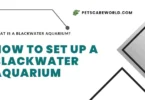
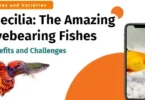
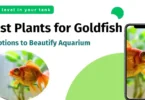
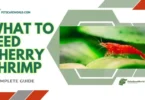
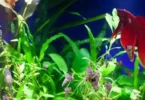
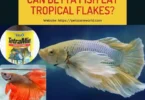
Leave a Comment
You must be logged in to post a comment.